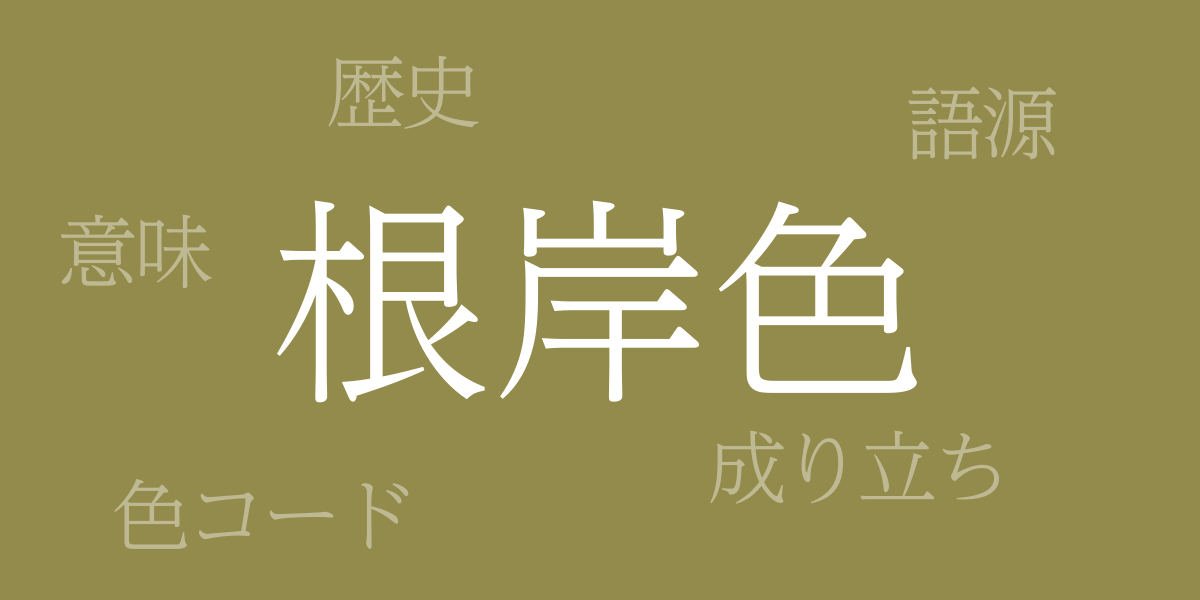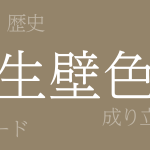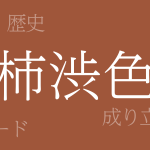Japan’s four seasons are cherished worldwide for their unique colors. Among these, the traditional Japanese color “Negishi-iro” (根岸色 – ねぎしいろ) stands out with its depth and tranquility, symbolizing Japanese culture. This article delves into the allure of Negishi-iro, exploring its history, color code, and Western name in detail.
About Negishi-iro (根岸色 – ねぎしいろ)
Negishi-iro (根岸色 – ねぎしいろ) is a subdued yellowish-brown, one of Japan’s traditional colors. Reminiscent of the earth and wood found in nature, it evokes a distinctly Japanese taste and is used across fashion, interior design, and other design fields. Negishi-iro provides a warm yet refined impression, continuing to be cherished by many even today.
The History of Negishi-iro
The name Negishi-iro originates from the Edo period, specifically from Negishi village in what is now Taito ward in Tokyo, known for its dye production. The dye techniques using persimmon tannin and indigo from this area were highly prized, and Negishi-iro became a favored color for high-quality kimonos. Over time, Negishi-iro came to represent Japanese aesthetic beauty and gained recognition both domestically and internationally.
Color Code of Negishi-iro
To accurately reproduce Negishi-iro in digital designs and web production, the following color codes are used:
- HEX: #938B4B
- RGB: R:147 G:139 B:75
- CMYK: C:51 M:44 Y:81 K:0
Western Name for Negishi-iro
The Western equivalent of Negishi-iro is often referred to as “Drab” or “Sand Dune.” These names aptly describe the natural and subdued hues of Negishi-iro and are useful in international contexts, particularly in fashion and interior design.
Conclusion on Negishi-iro
Negishi-iro is a beautiful color that embodies the natural and traditional aspects of Japan. Its warm brown shade has been loved through the ages and is utilized in various art and design fields. Negishi-iro continues to hold its historical significance and charm, spreading as a symbol of Japanese culture across the globe.

























